Abstract
The in vitro susceptibility to cefamandole, cefoxitin, and cefuroxime of clinical isolates of Streptococcus faecalis, Klebsiella, and indole-positive Proteus was assayed using minimum inhibitory concentration (MIC) determinations in broth and on solid media. It could be demonstrated that the agar dilution MICs obtained when S. faecalis was tested against cefuroxime and when indole-positive Proteus strains were tested against cefamandole tended to be considerably lower than those obtained with the broth dilution technique. The Klebsiella strains tested did not show any major differences with regard to MICs in broth or on solid media. Using an animal experimental infection model it could be demonstrated that with indole-positive Proteus the higher broth MIC correlated better to the observed data than the lower agar MIC when a β-lactamase-producing strain was tested. The data obtained indicated that the β-lactamase of the indole-positive Proteus strain was inducible. The results of the study gave evidence for a risk of false susceptibility of some bacterial species against cefamandole when agar techniques, e.g. paper disk diffusion, are used. For cefuroxime, the same phenomenon can be expected with S. faecalis and to some extent with indole-positive Proteus. In this study, cefoxitin seemed considerably less affected by the technique used for susceptibility testing.
Full text
PDF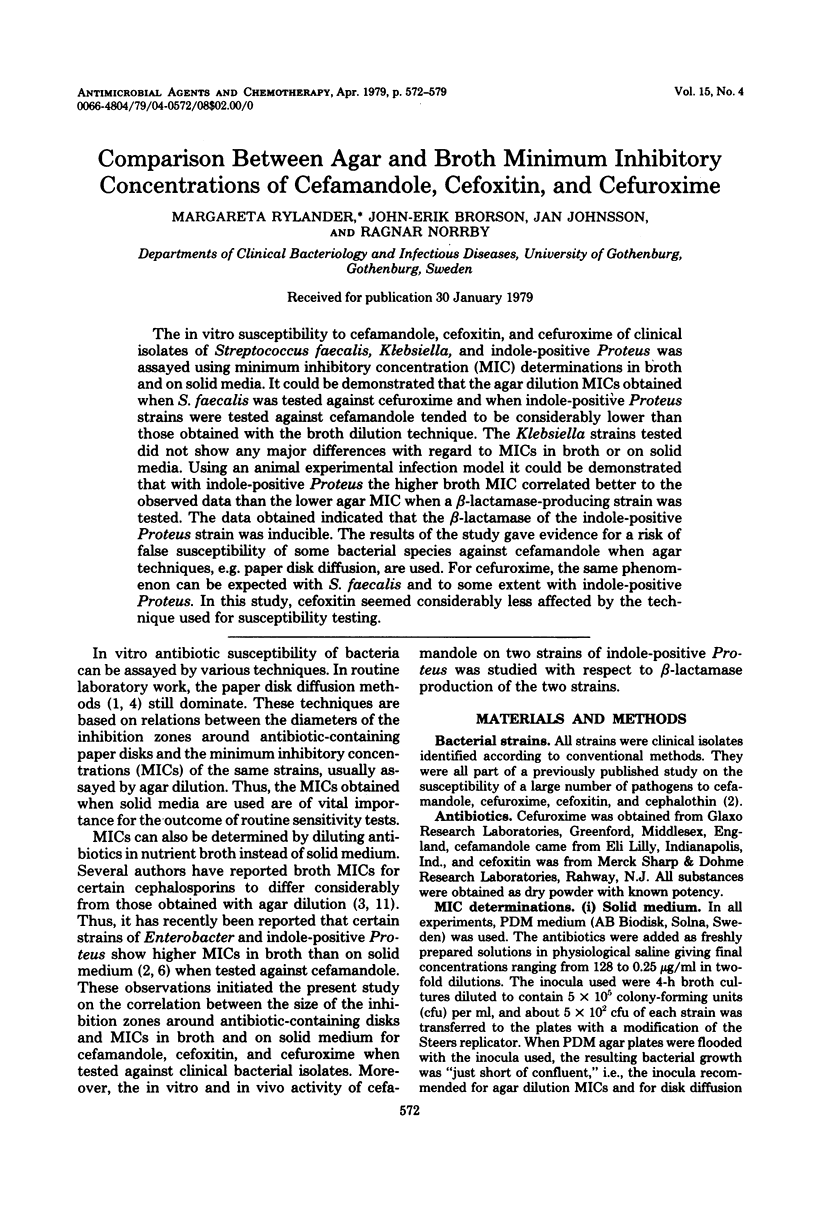
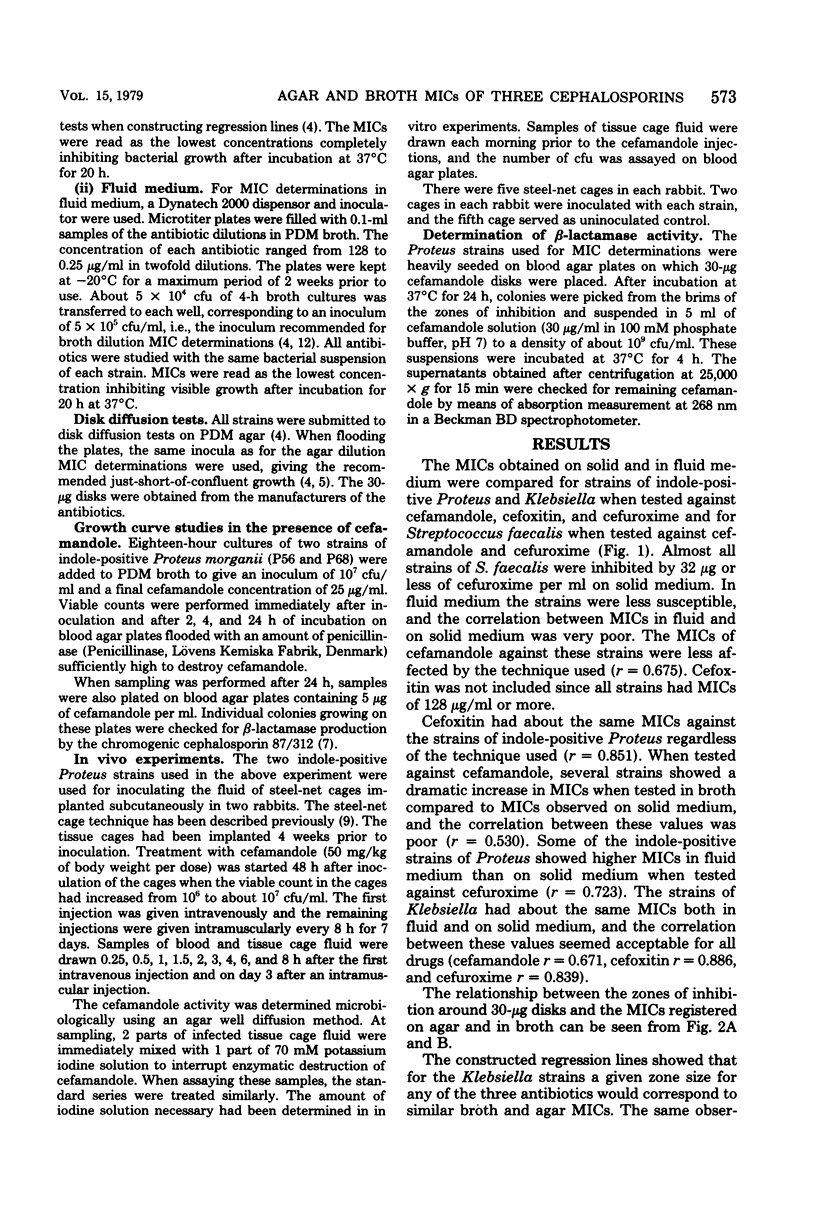
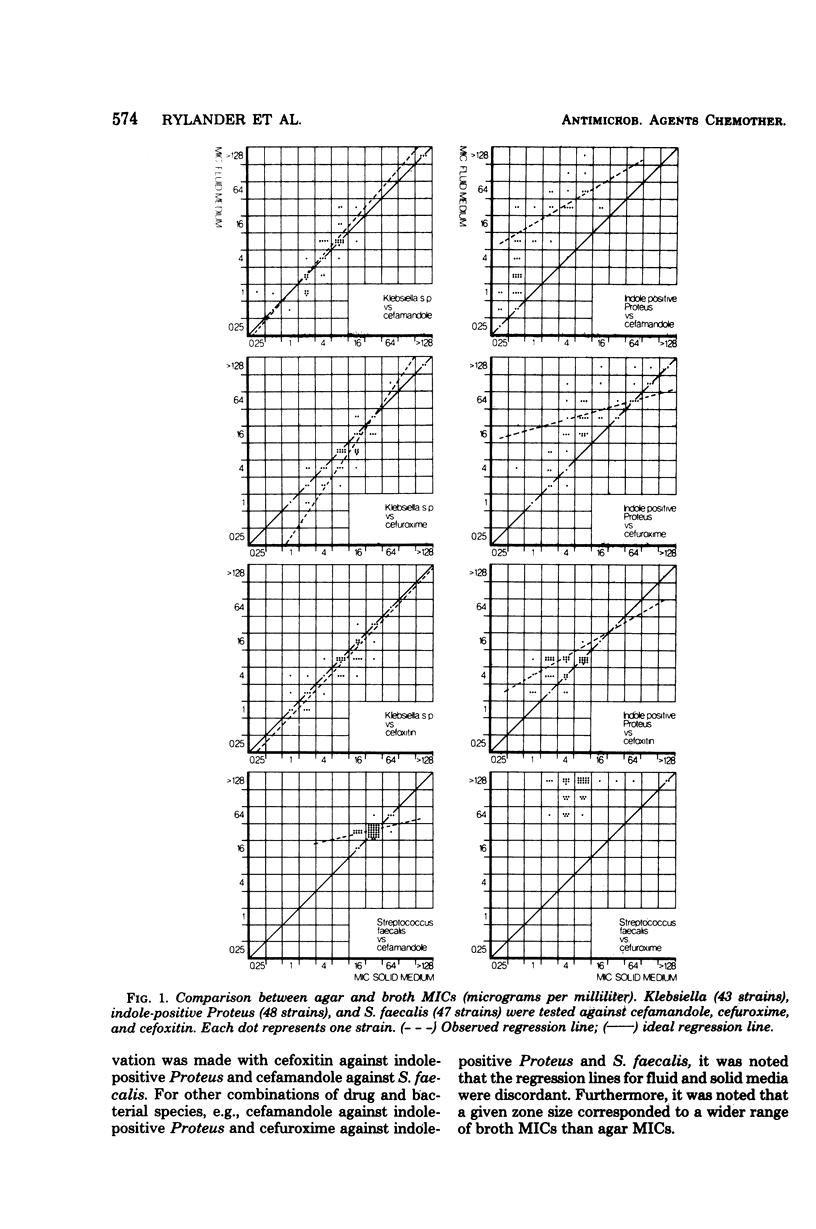
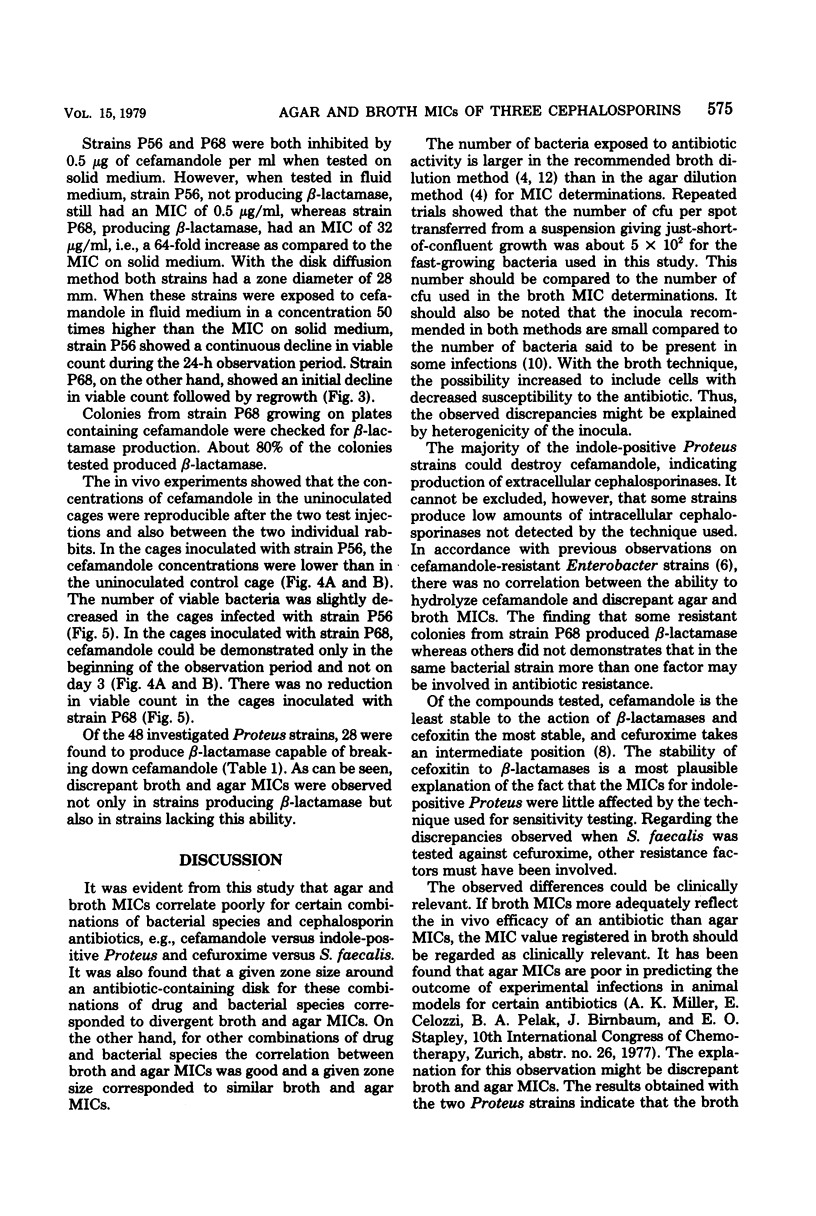
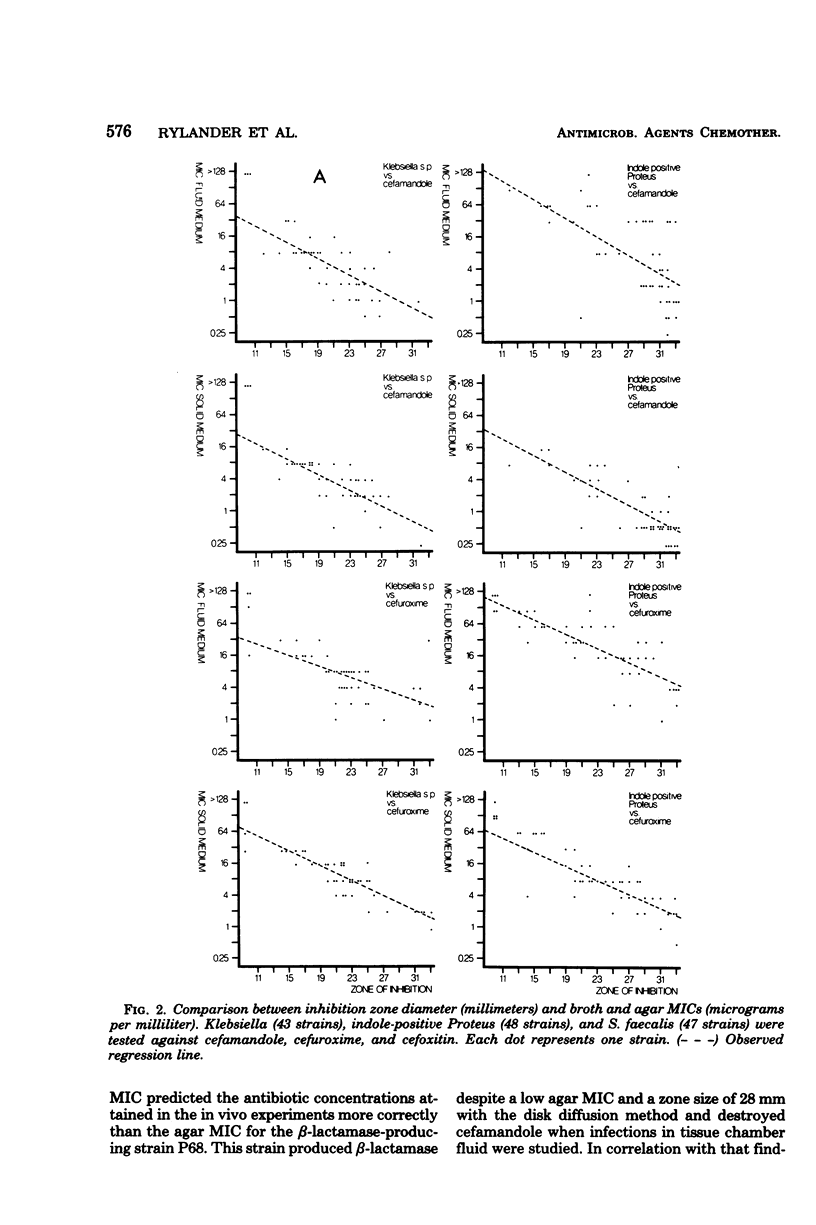
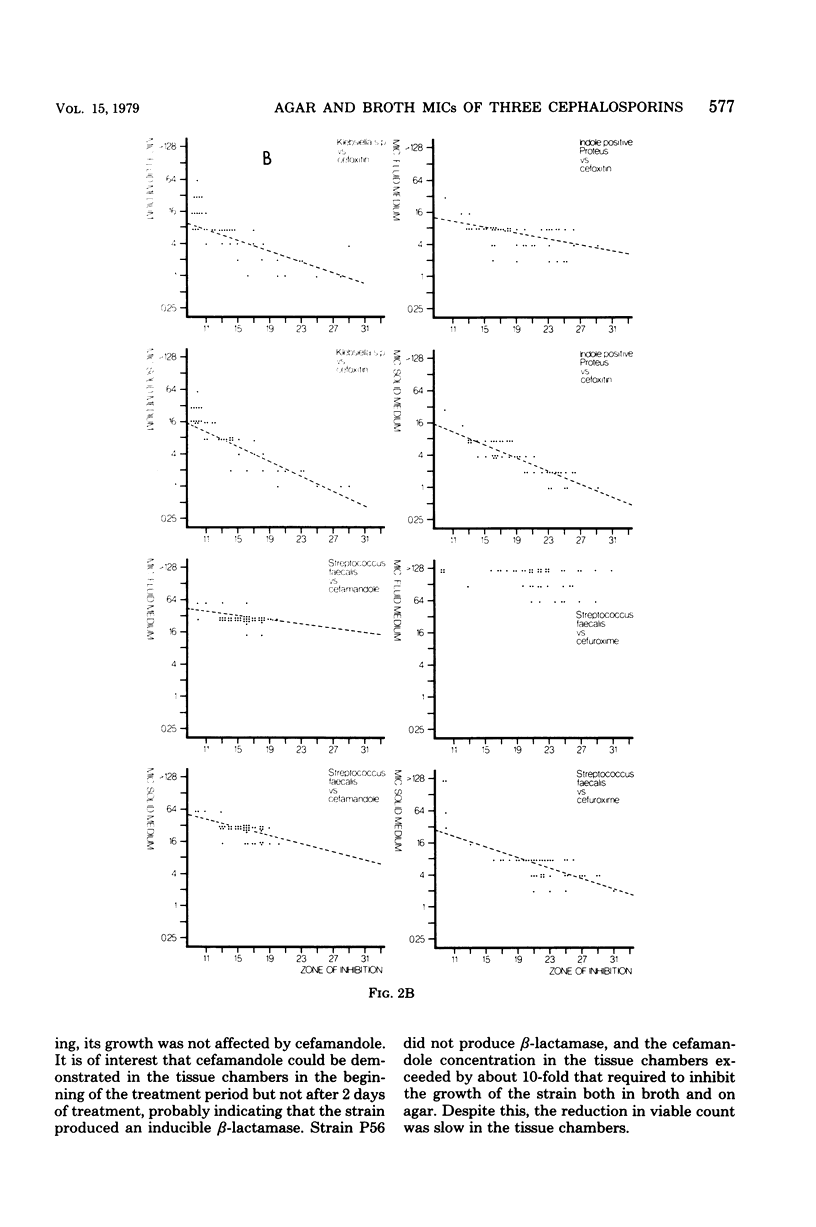
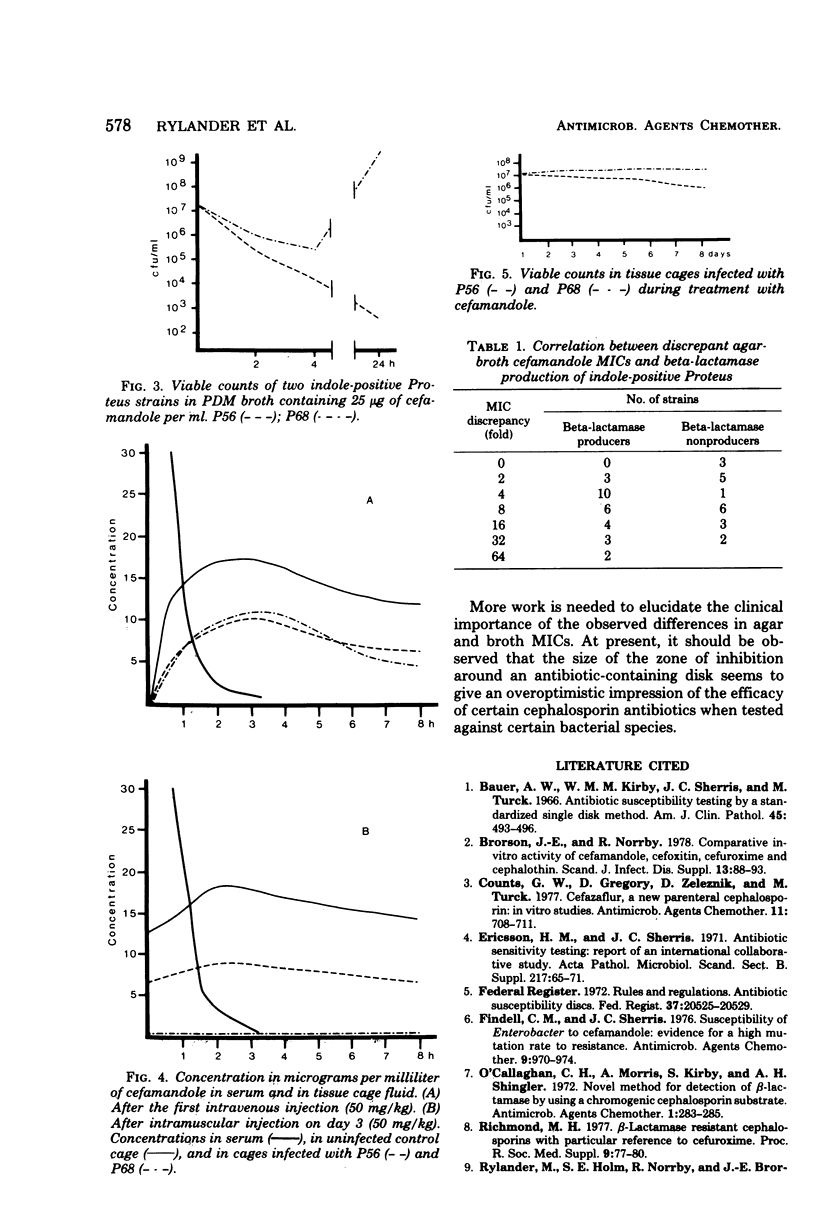
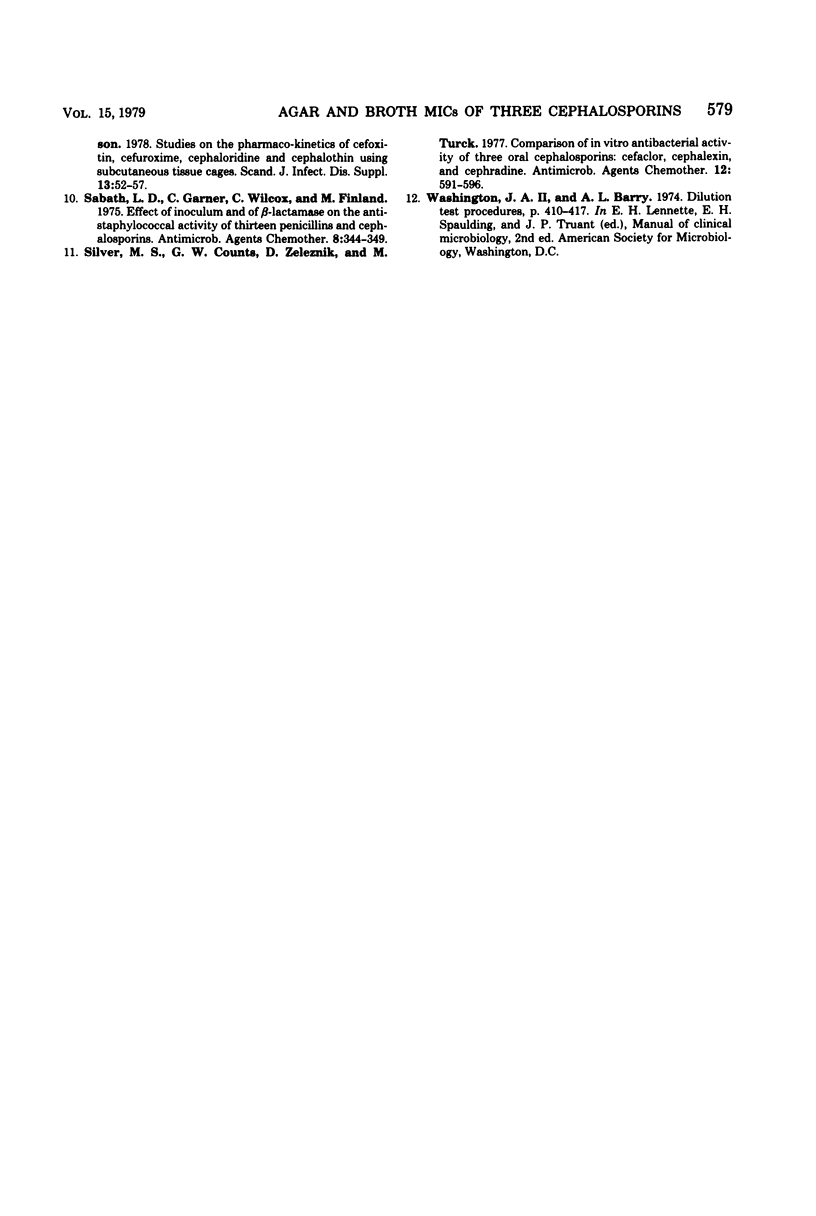
Selected References
These references are in PubMed. This may not be the complete list of references from this article.
- Bauer A. W., Kirby W. M., Sherris J. C., Turck M. Antibiotic susceptibility testing by a standardized single disk method. Am J Clin Pathol. 1966 Apr;45(4):493–496. [PubMed] [Google Scholar]
- Brorson J. E., Norrby R. Comparative in-vitro activity of cefamandole, cefoxitin, cefuroxime and cephalothin. Scand J Infect Dis Suppl. 1978;(13):88–93. [PubMed] [Google Scholar]
- Counts G. W., Gregory D., Zeleznik D., Turch M. Cefazaflur, a new parenteral cephalosporin: in vitro studies. Antimicrob Agents Chemother. 1977 Apr;11(4):708–711. doi: 10.1128/aac.11.4.708. [DOI] [PMC free article] [PubMed] [Google Scholar]
- Findell C. M., Sherris J. C. Susceptibility of Enterobacter to cefamandole: evidence for a high mutation rate to resistance. Antimicrob Agents Chemother. 1976 Jun;9(6):970–974. doi: 10.1128/aac.9.6.970. [DOI] [PMC free article] [PubMed] [Google Scholar]
- O'Callaghan C. H., Morris A., Kirby S. M., Shingler A. H. Novel method for detection of beta-lactamases by using a chromogenic cephalosporin substrate. Antimicrob Agents Chemother. 1972 Apr;1(4):283–288. doi: 10.1128/aac.1.4.283. [DOI] [PMC free article] [PubMed] [Google Scholar]
- Sabath L. D., Garner C., Wilcox C., Finland M. Effect of inoculum and of beta-lactamase on the anti-staphylococcal activity of thirteen penicillins and cephalosporins. Antimicrob Agents Chemother. 1975 Sep;8(3):344–349. doi: 10.1128/aac.8.3.344. [DOI] [PMC free article] [PubMed] [Google Scholar]
- Silver M. S., Counts G. W., Zeleznik D., Turck M. Comparison of in vitro antibacterial activity of three oral cephalosporins: cefaclor, cephalexin, and cephradine. Antimicrob Agents Chemother. 1977 Nov;12(5):591–596. doi: 10.1128/aac.12.5.591. [DOI] [PMC free article] [PubMed] [Google Scholar]


